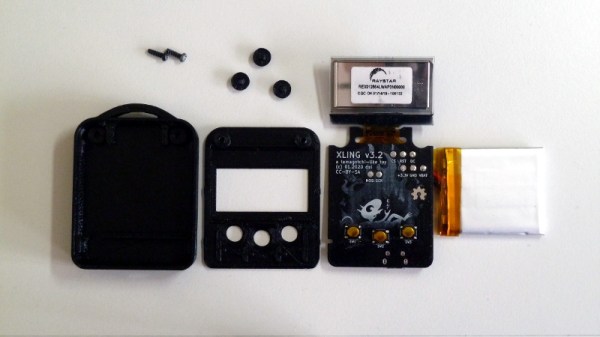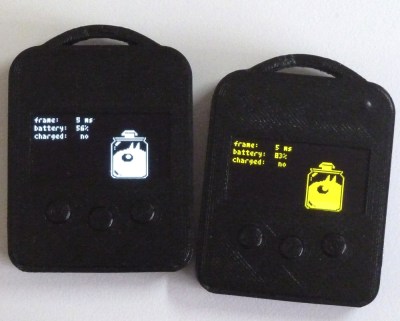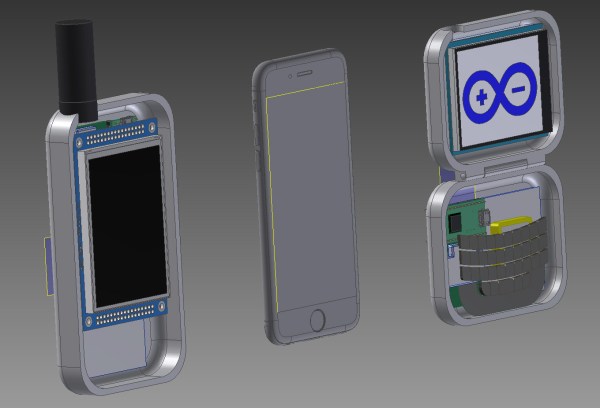The best part about real-time OS (RTOS) availability in 2024 is that we developers are positively spoiled for choice, but as a corollary this also makes it a complete pain to determine what the optimal choice for a project is. Beyond simply opting for a safe choice like FreeRTOS for an MCU project and figuring out any implications later during the development process, it can pay off massively to invest some time up-front matching the project requirements with the features offered by these various RTOSes. A few years ago I wrote a primer on the various levels of ‘real-time’ and whether you may even just want to forego an RTOS at all and use a simple Big Loop™ & interrupt-based design.
With such design parameters in mind, we can then look more clearly at the available RTOS options available today, which is the focus of this article. Obviously it won’t be an exhaustive comparison, and especially projects like FreeRTOS have seen themselves customized to various degrees by manufacturers like ST Microelectronics and Espressif, among others. This also brings to the forefront less pleasant considerations, such as expected support levels, as illustrated by e.g. Microsoft’s Azure RTOS (formerly ThreadX) recently getting moved to the Eclipse Foundation as the Eclipse ThreadX open source project. On one hand this could make it a solid open-source licensed RTOS, or it could have been open sourced because Microsoft has moved on to something else and cleared out its cupboard.
Thus without further ado, let’s have a look at RTOSes in 2024 and which ones are worth considering, in my opinion.
Continue reading “Making Sense Of Real-Time Operating Systems In 2024”

















